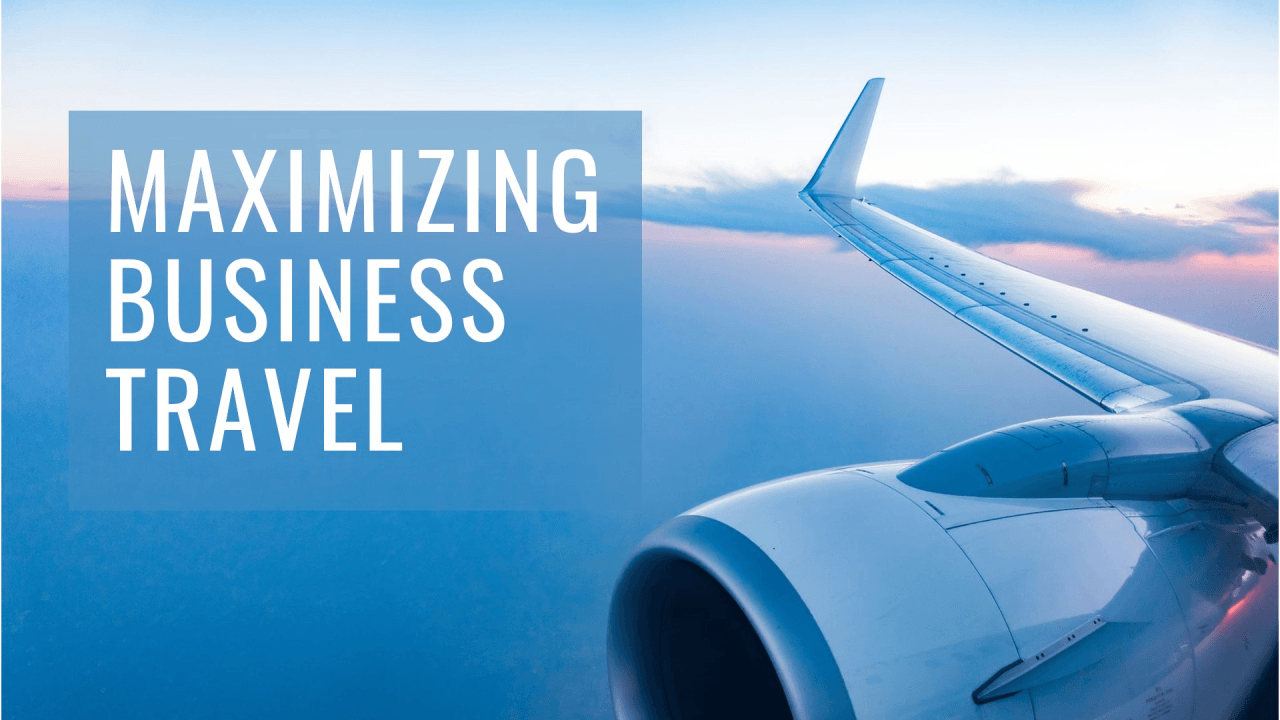
The travel industry has undergone significant changes in recent years, pushing organizations to rethink their tech infrastructure. With new technologies being introduced almost daily, it’s essential to know what to look for when selecting corporate travel technology. Here's how to find the right solution in four easy steps.
1. Understand Your Business Needs
Start by identifying the challenges your business faces. Do you need a platform that complies with government regulations or integrates smoothly with your existing tech stack? Perhaps you're aiming to improve duty of care for employees traveling for work.
Clearly defining your needs allows you to set specific goals, which in turn helps you determine the core functionalities your new travel tech must provide. By understanding your objectives, you can also establish key performance indicators (KPIs) to measure the success of the implementation. This step also involves bringing in key stakeholders who will evaluate and approve the new solution.
2. Build a Reliable Support Network
Choosing the right vendor for corporate technology can be tricky. It’s important to research potential partners thoroughly to ensure they meet your company's requirements. To narrow down your options, ask questions such as:
- Do you have experience in our industry?
- Can you handle the scale of our operations?
- Are you certified to meet our compliance needs?
- What’s your financial outlook and growth potential?
3. Ensure Compatibility with Existing Systems
Your new technology must integrate smoothly with your current infrastructure, especially your travel and expense (T&E) systems. Before finalizing your choice, make sure the solution can adapt to your operational workflow, provides necessary APIs, and scales with your business needs.
AirBooking recommends focusing on compatibility and integration, rather than opting for an all-in-one bundle that may not suit every aspect of your operations. Ask questions like:
- How well will this solution work with our existing systems?
- What APIs and integration support does the vendor offer?
- Can this platform grow as our business expands?
4. Oversee Implementation
Implementing new corporate travel tech requires careful planning and coordination across departments such as procurement, finance, and HR. Active involvement and regular communication throughout the process are critical to ensuring a smooth rollout.
Make sure to address these important points:
- What levels of support will the vendor provide during implementation?
- What service-level agreements should we create?
- How complex will it be to integrate this solution with our existing systems?
- Are we prepared for regular updates and maintenance?
Once the implementation is complete, focus on adoption. Communicate clearly with employees about the new system, and provide training resources to ensure a smooth transition.












